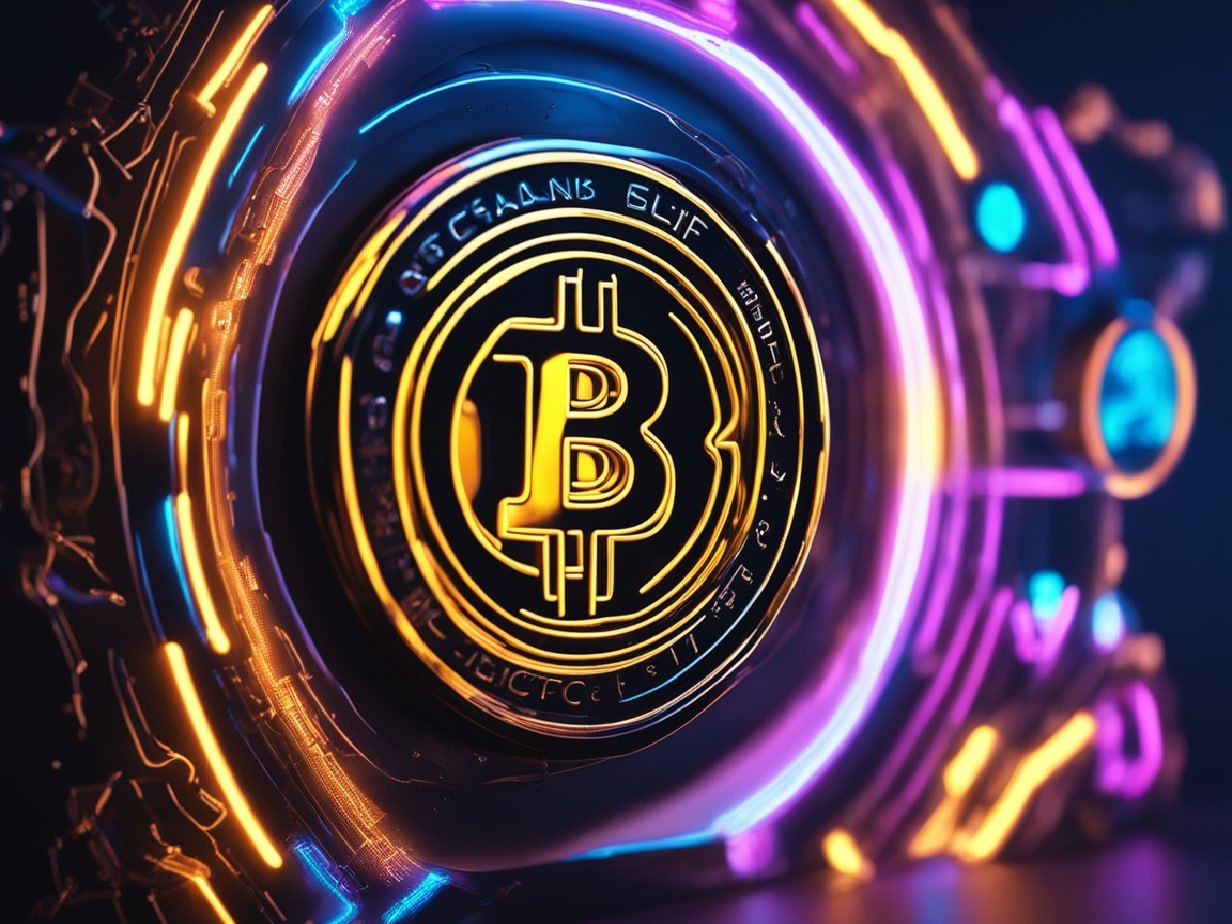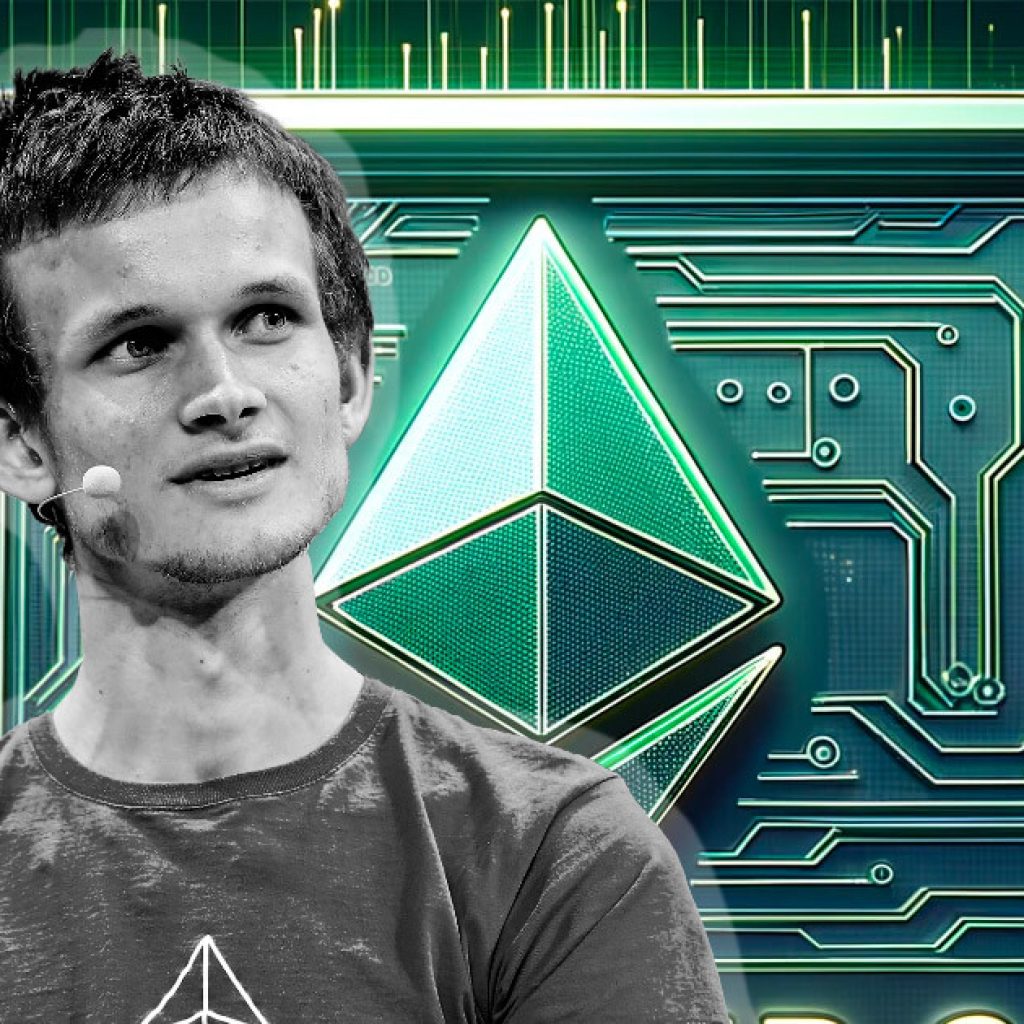Bitcoin ETF flows showed their first reversal after a record week. Until recently, BTC ETF demand did not directly support price growth as expected because of the specific coin acquisition arrangements of most funds. Fund outflows, however, served as a “buy the dip” signal, which caused BTC to bounce from its recent lows under $67,000.
The Bitcoin ETF market saw $200M in outflows, while BTC was sliding under $70K. While ETFs were marking outflows, there were signs of not only buying the dip but also taking the coins into custody off exchanges.
The current list of Bitcoin ETF are seen as competition for holding actual coins, and whales are continuing their accumulation. In the longer term, Bitcoin ETF are expected to compete with gold ETF, and whales that prefer to hold physical coins may want to compete by buying at the lower price range.
Read: Will buying Bitcoin ETF support the BTC market price?
Some of the coins available for sale come from miners, who deposited the highest amount of BTC on exchanges in the past two months.
Long-term accumulation and holding now have a different profile compared to short-term buyers and sellers. As BTC becomes more scarce, there is an incentive to hold coins for the future, expecting a more important role for the leading blockchain.
Even the current miner deposits are not enough and hardly satisfy the withdrawals from a single whale.
One of the high watermarks for the Bitcoin ETF is the levels invested in gold ETF since 2004. Gold ETF now carry as much as $90B under management. Bitcoin ETF accrued $59B due to the meteoric rise of BTC market prices since the 2023 price levels. The expectation is that BTC funds may draw in more significant interest than gold.
However, the funds are not buying the dip or trying to be holders. After the recent outflows, Grayscale started moving funds through Coinbase Prime, further diminishing its BTC holdings. The VanEck HODL Bitcoin ETF is not “hodling” either, instead moving 56 BTC to the Gemini exchange.
Outflows from the funds were asymmetrical, with some entities showing no change in their balances.
Bitcoin ETF investors have some crossovers with traditional holders. For some, buying an ETF is a way to diversify holdings. ETF shares cannot be lost and can offer preferential tax treatments on capital gains. Additionally, long-term holding and inheritance may be easier. Users with ETF holdings also admit to having actual BTC stored but diversify into ETFs for extra liquidity and security.
Low fees, free offers drive ETF demand
The current rush to available ETFs may also be due to a temporary offer on low entry fees. Fidelity’s ETF has announced zero-fee entry until August. Other funds also offer very low fees, with Franklin Bitcoin ETF offering the lowest fee at 0.19% and Grayscale Bitcoin Trust the highest at 2%.
However, most funds may also offer special conditions and waivers, fighting to become the biggest fund and continue to draw in the most buyers. Temporary low fees have helped BlackRock’s IBIT fund become the biggest in the market. The fund also entered the top 10 in-demand ETF.
The global ETF market was estimated at $11.5 trillion at the end of 2023, so the Bitcoin funds are a small addition. Demand for those ETF is diverse, commented Alastair Caithness, host of Boom! It’s on the Blockchain Podcast.
Investors buying into Bitcoin ETFs include individual investors seeking a secure, accessible way to invest in Bitcoin, as well as institutional investors like hedge funds, pension funds, and endowments looking to diversify their portfolios.
– Alastair Caithness, host of Boom! It’s on the Blockchain Podcast
Caithness exclusively told Cryptopolitan:
Wealth managers and financial advisors also recommend these ETFs to clients wanting cryptocurrency exposure without the complexities of direct ownership. Additionally, speculative traders and commodity traders engage in these ETFs for basis trading, exploiting price discrepancies between spot Bitcoin and futures markets. This broad investor base highlights Bitcoin’s growing acceptance in mainstream finance.
ETF buying is also becoming more popular among retail investors. Since 2019, individual investors increased their buying from $500B to $1.4 trillion. Retail investors are behind the demand for certain trend assets, including Bitcoin.
The total assets under management in ETFs may expand to $14 trillion by the end of 2024, with demand focused on share-based funds and stock indexes and significant interest in precious metals. Bitcoin arrived when peak demand managed to grow inflows, while the gold ETF market withdrew for 11 consecutive months. Gold-based ETFs returned to inflows in May 2024 after nearly a year of outflows.
The inflow and influence of ETF may continue to affect the Bitcoin industry. In the short term, ETF buying helped create a feeling of scarcity. In the coming months, additional crypto-based ETF may repeat the effect with ETH and other select coins and tokens.
Cryptopolitan reporting by Hristina Vasileva








